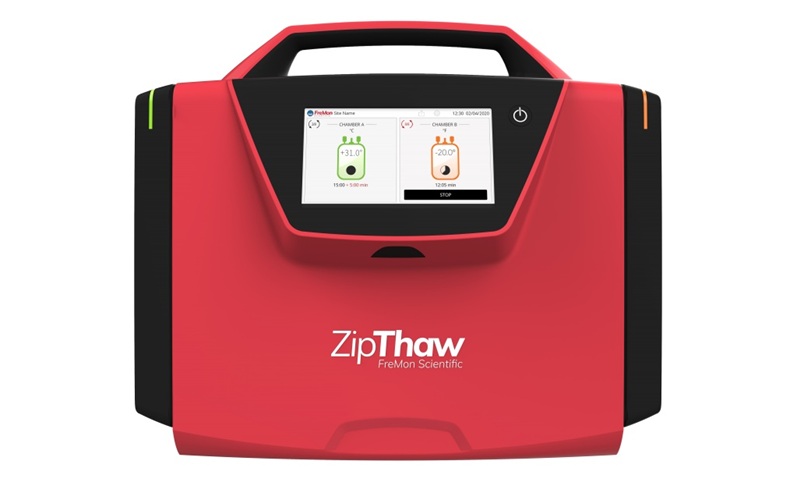Magnetic Nanoparticle Tool Developed to Detect MicroRNA
|
By LabMedica International staff writers Posted on 12 Sep 2018 |
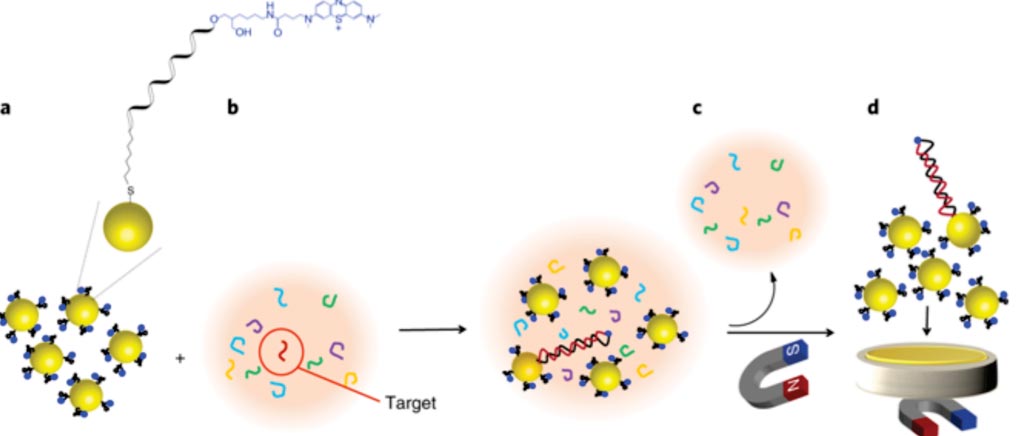
Image: Nucleic acid hybridization on an electrically reconfigurable network of gold-coated magnetic nanoparticles enables microRNA detection in blood (Photo courtesy of University of New South Wales).
A magnetic nanoparticle-based technique has been developed to directly detect microRNA (miRNA) in unprocessed whole blood samples in about thirty minutes. Currently scientists use quantitative reverse-transcription polymerase chain reaction (qRT-PCR) to profile miRNA due to its usually high specificity and sensitivity.
Although qRT-PCR produces reliable results, scientists have noted that it does not detect miRNA directly in whole blood. Instead, scientists perform a lengthy process where they must isolate and purify RNA, and then synthesize complementary DNA (cDNA) to measure miRNA expression. The first human disease known to be associated with miRNA deregulation was chronic lymphocytic leukemia.
Scientists at the University of New South Wales (Sydney, Australia) modified the surface of the gold-coated magnetic nanoparticles (Au@MNPs) with a probe DNA sequence complementary to miR-21 and marked it with a blue redox label. The team then added excess network of modified Au@MNPs by probe DNA (DNA-Au@NMPs) to the analyte solution. After 30 minutes, the team magnetically separated the Au@MNPs from the solution and washed away unhybridized sequences. They then collected the Au@MNPs on the surface of a gold microelectrode using a magnet. The team removed the magnet and applied 10 cycles of square-wave voltammetry between 200 and 500 megaVolts, with a pulse amplitude of 20 megavolts and frequency of 2 hertz. The team then used stable peak currents obtained before and after hybridization to measure the amount of analyte.
To examine the electrochemical tool's limit of detection and range of its sensor, the team prepared different concentrations of miR-21 in either phosphate buffered saline (PBS), undiluted human serum, or 50% whole human blood. The group measured a change in the current after 30 minutes of exposure to the miR-21 solutions within the concentration range of 10 attomolar to 1 nanomolar. In order to validate the electrochemical tool, the team used it to analyze miR-21 levels in a pool of other RNA sequences from the total RNA extracted from human lung cancer cells (A459) and exosomes. After treating the samples with an miR-21 inhibitor, the team still detected levels of miR-21 in exosomes eight times lower than the factor of 0.4 in their parental cells.
Using the DNA-Au@MNP-based electrochemical sensor, the team found that the concentration of miR-21 molecules in rapidly growing cancers was higher than those in the "no-control" group. The group also noted that the electrochemical assay had less variability than qRT-PCR. John Gooding, D. Phil, a chemistry professor and senior author of the study, said, “This tool would be especially useful for low levels of certain proteins and molecules, as we could potentially not only diagnose a patient's condition, but also look at treatment efficacy or the potential relapse of a condition like cancer. The study was published on August 27, 2018, in the journal Nature Nanotechnology.
Related Links:
University of New South Wales
Although qRT-PCR produces reliable results, scientists have noted that it does not detect miRNA directly in whole blood. Instead, scientists perform a lengthy process where they must isolate and purify RNA, and then synthesize complementary DNA (cDNA) to measure miRNA expression. The first human disease known to be associated with miRNA deregulation was chronic lymphocytic leukemia.
Scientists at the University of New South Wales (Sydney, Australia) modified the surface of the gold-coated magnetic nanoparticles (Au@MNPs) with a probe DNA sequence complementary to miR-21 and marked it with a blue redox label. The team then added excess network of modified Au@MNPs by probe DNA (DNA-Au@NMPs) to the analyte solution. After 30 minutes, the team magnetically separated the Au@MNPs from the solution and washed away unhybridized sequences. They then collected the Au@MNPs on the surface of a gold microelectrode using a magnet. The team removed the magnet and applied 10 cycles of square-wave voltammetry between 200 and 500 megaVolts, with a pulse amplitude of 20 megavolts and frequency of 2 hertz. The team then used stable peak currents obtained before and after hybridization to measure the amount of analyte.
To examine the electrochemical tool's limit of detection and range of its sensor, the team prepared different concentrations of miR-21 in either phosphate buffered saline (PBS), undiluted human serum, or 50% whole human blood. The group measured a change in the current after 30 minutes of exposure to the miR-21 solutions within the concentration range of 10 attomolar to 1 nanomolar. In order to validate the electrochemical tool, the team used it to analyze miR-21 levels in a pool of other RNA sequences from the total RNA extracted from human lung cancer cells (A459) and exosomes. After treating the samples with an miR-21 inhibitor, the team still detected levels of miR-21 in exosomes eight times lower than the factor of 0.4 in their parental cells.
Using the DNA-Au@MNP-based electrochemical sensor, the team found that the concentration of miR-21 molecules in rapidly growing cancers was higher than those in the "no-control" group. The group also noted that the electrochemical assay had less variability than qRT-PCR. John Gooding, D. Phil, a chemistry professor and senior author of the study, said, “This tool would be especially useful for low levels of certain proteins and molecules, as we could potentially not only diagnose a patient's condition, but also look at treatment efficacy or the potential relapse of a condition like cancer. The study was published on August 27, 2018, in the journal Nature Nanotechnology.
Related Links:
University of New South Wales
Latest Technology News
- Taste-Based Influenza Test Could Replace Nasal Swabs with Chewing Gum
- 3D Micro-Printed Sensors to Advance On-Chip Biosensing for Early Disease Detection
- Hybrid Pipette Combines Manual Control with Fast Electronic Aliquoting
- Coral-Inspired Capsule Samples Hidden Bacteria from Small Intestine
- Rapid Diagnostic Technology Utilizes Breath Samples to Detect Lower Respiratory Tract Infections
- Graphene-Based Sensor Uses Breath Sample to Identify Diabetes and Prediabetes in Minutes
- Wireless Sweat Patch Could Be Used as Diagnostic Test for Cystic Fibrosis
- New Method Advances AI Reliability with Applications in Medical Diagnostics
- Self-Powered Microneedle Patch Collects Biomarker Samples Without Drawing Blood
- Skin Patch Detects Biomarkers in Interstitial Fluid Without Blood Draws
Channels
Clinical Chemistry
view channel
VOCs Show Promise for Early Multi-Cancer Detection
Early cancer detection is critical to improving survival rates, but most current screening methods focus on individual cancer types and often involve invasive procedures. This makes it difficult to identify... Read more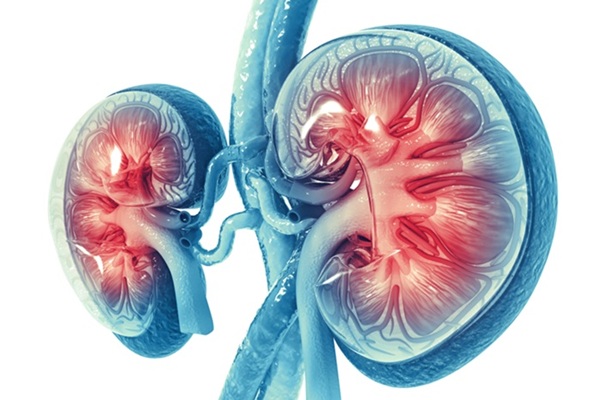
Portable Raman Spectroscopy Offers Cost-Effective Kidney Disease Diagnosis at POC
Kidney disease is typically diagnosed through blood or urine tests, often when patients present with symptoms such as blood in urine, shortness of breath, or weight loss. While these tests are common,... Read moreMolecular Diagnostics
view channel
Kidney Disease Blood Marker Could Also Identify Cardiovascular Problems
Chronic kidney disease (CKD) affects millions worldwide and is strongly linked to cardiovascular complications rather than kidney failure itself. Patients with CKD often experience vascular dysfunction... Read more
New Blood Test Offers Affordable and Accurate Early Detection of Lung Cancer
Lung cancer remains the leading cause of cancer-related deaths worldwide, largely because most cases are diagnosed at advanced stages when treatment options are limited. Early detection significantly improves... Read more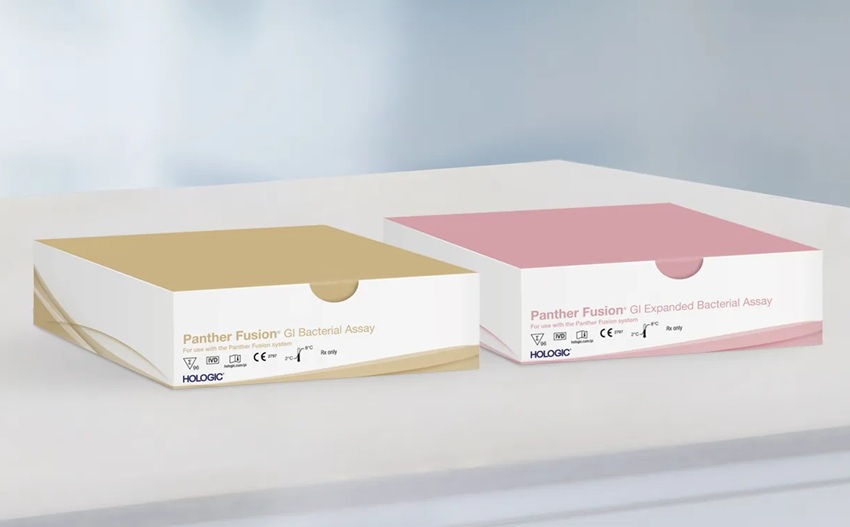
Automated Molecular Tests Detect Bacterial Pathogens Causing Infectious Gastroenteritis
Infectious gastroenteritis, a common inflammation of the gastrointestinal tract (GI), remains a major public health concern caused by bacterial, viral, or parasitic infections. The disease can range from... Read moreHematology
view channel
Viscoelastic Testing Could Improve Treatment of Maternal Hemorrhage
Postpartum hemorrhage, severe bleeding after childbirth, remains one of the leading causes of maternal mortality worldwide, yet many of these deaths are preventable. Standard care can be hindered by delays... Read more
Pioneering Model Measures Radiation Exposure in Blood for Precise Cancer Treatments
Scientists have long focused on protecting organs near tumors during radiotherapy, but blood — a vital, circulating tissue — has largely been excluded from dose calculations. Each blood cell passing through... Read more
Platelets Could Improve Early and Minimally Invasive Detection of Cancer
Platelets are widely recognized for their role in blood clotting and scab formation, but they also play a crucial role in immune defense by detecting pathogens and recruiting immune cells.... Read more
Portable and Disposable Device Obtains Platelet-Rich Plasma Without Complex Equipment
Platelet-rich plasma (PRP) plays a crucial role in regenerative medicine due to its ability to accelerate healing and repair tissue. However, obtaining PRP traditionally requires expensive centrifugation... Read moreImmunology
view channel
Luminescent Probe Measures Immune Cell Activity in Real Time
The human immune system plays a vital role in defending against disease, but its activity must be precisely monitored to ensure effective treatment in cancer therapy, autoimmune disorders, and organ transplants.... Read more
Blood-Based Immune Cell Signatures Could Guide Treatment Decisions for Critically Ill Patients
When a patient enters the emergency department in critical condition, clinicians must rapidly decide whether the patient has an infection, whether it is bacterial or viral, and whether immediate treatment... Read more
Novel Tool Predicts Most Effective Multiple Sclerosis Medication for Patients
Multiple sclerosis (MS) is a chronic autoimmune and degenerative neurological disease that affects the central nervous system, leading to motor, cognitive, and mental impairments. Symptoms can include... Read more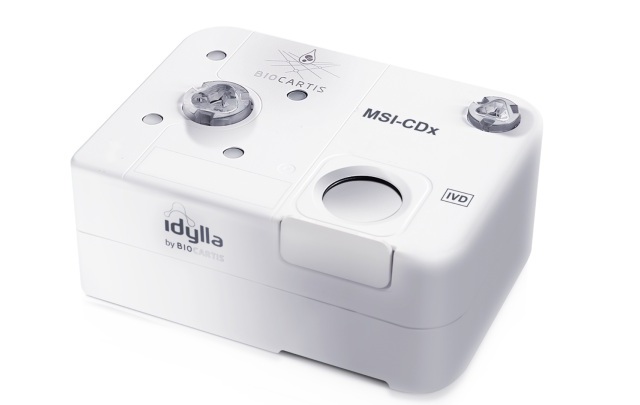
Companion Diagnostic Test for CRC Patients Identifies Eligible Treatment Population
Colorectal cancer remains one of the leading causes of cancer-related deaths worldwide, and identifying which patients will benefit most from targeted immunotherapies is critical. Existing diagnostic methods... Read moreMicrobiology
view channel
Fast Noninvasive Bedside Test Uses Sugar Fingerprint to Detect Fungal Infections
Candida bloodstream infections are a growing global health threat, causing an estimated 6 million cases and 3.8 million deaths annually. Hospitals are particularly vulnerable, as weakened patients after... Read more
Rapid Sepsis Diagnostic Device to Enable Personalized Critical Care for ICU Patients
Sepsis is a life-threatening condition that occurs when the body’s response to infection spirals out of control, damaging organs and leading to critical illness. Patients often arrive at intensive care... Read morePathology
view channel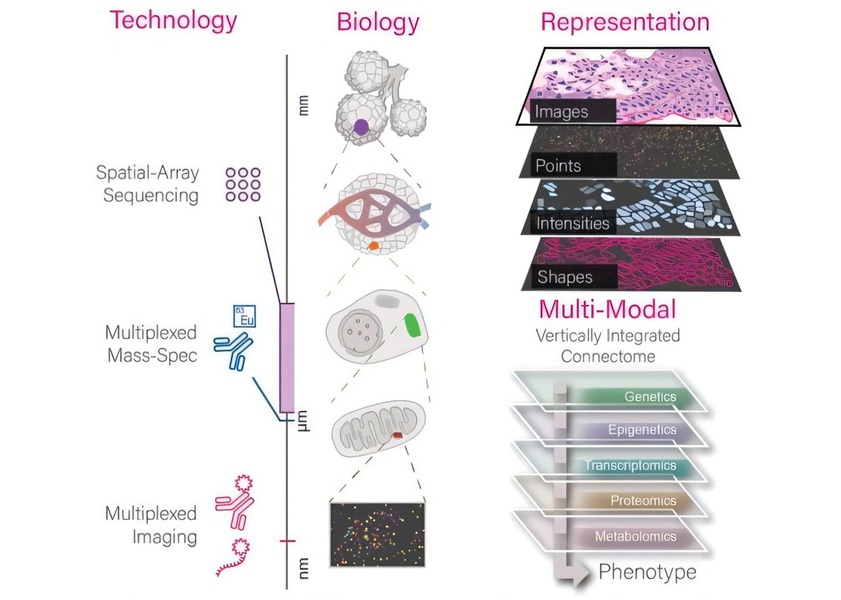
New Software Tool Improves Analysis of Complex Spatial Data from Tissues
Advances in spatial omics have enabled scientists to map the distribution of RNA and proteins within intact tissues, offering powerful insights into how cells behave and interact in both health and disease.... Read more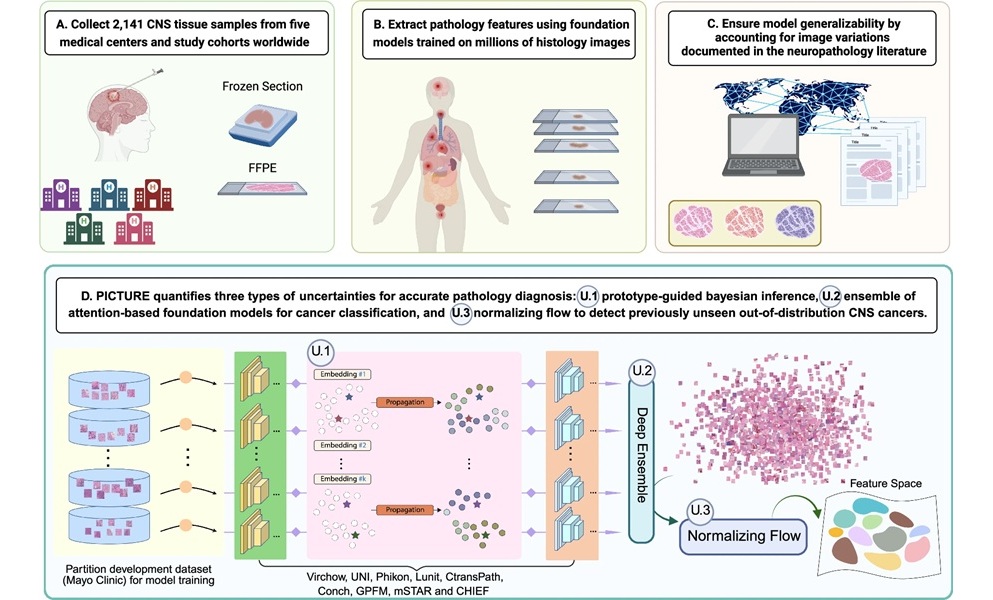
AI Tool Helps Surgeons Distinguish Aggressive Glioblastoma from Other Brain Cancers in Real-Time
Accurately distinguishing between brain tumors during surgery is one of the toughest diagnostic challenges in neuro-oncology. Glioblastoma, the most common and aggressive brain tumor, often appears similar... Read moreIndustry
view channel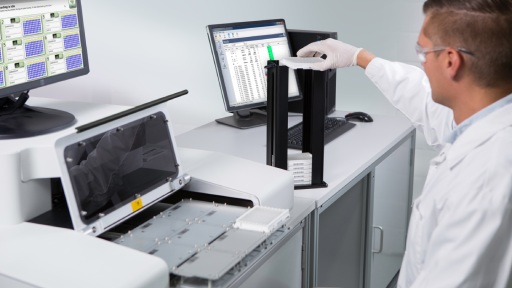
Revvity and Sanofi Collaborate on Program to Revolutionize Early Detection of Type 1 Diabetes
Type 1 diabetes (T1D) is a lifelong autoimmune condition in which the immune system destroys the pancreas’s insulin-producing beta cells, leading to dependence on insulin therapy. Early detection is critical... Read more